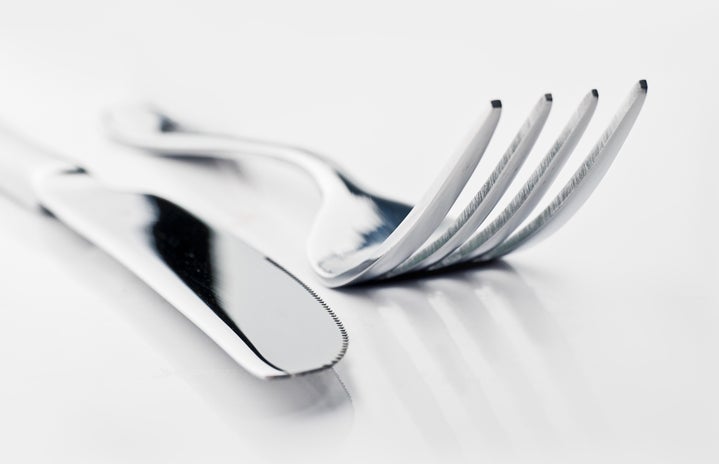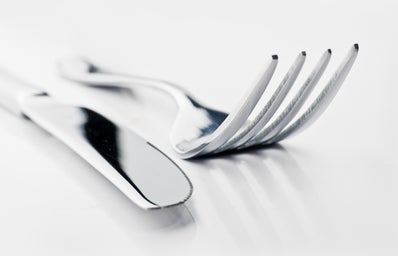Today, coffee is everywhere. Conversations to make any kind of plan from business meetings to dates have quickly turned to “Hey, let’s grab a coffee.” Factor in the monopolization of Starbucks across the country and you’ll realize that the world has brought a different approach to something originally seen as ordinary. Today, thousands of coffee brands and local shops have helped make coffee not just a drink, but a pastime. Add a couple thousand more Keurigs in every home or college dorm room and it seems that coffee has managed to stretch into every area of our day-to-day lives. However, with all the coffee drinkers worldwide, it may be surprising to know that the world’s most popular drink is… well, tea.
At first, I was just as surprised as I suspect you may have been. How about coffee? Or soda? But when I thought about it, tea makes much more sense. Personally, tea has been a pretty big staple throughout my life. Growing up, we had stacks upon stacks of loose tea, which were being brewed what seemed like around the clock. And while college makes brewing tea in my dorm a bit tougher, I would say that at home I still have about two to three cups of tea a day — easily. So I feel like I’m a good advocate for converting you to tea (although, I do drink coffee also!) But here’s why I believe you should truly give “boring old tea” a double take:
- Flavor versatility
-
Yes, coffee has a wide range of styles: drip, espresso, etc. But how different is the general flavor? Surely not as diverse as tea. So here’s a tentative overview of the main types of tea leaves:
Black: Very “classic” strong and rich flavor. Goes well with milk or milk-substitutes during the wintertime. And if you’re a fan of iced southern sweet tea, black tea is what’s traditionally used. Black tea has the most caffeine out of these options, so it makes a great substitute for your morning coffee.
Green: Maybe the most globally popular tea. We’ve all probably heard that green tea helps with health and could potentially lead to weight loss by speeding up your metabolism. Green tea has a medium-level of caffeine. The popular-rising “matcha” is a subset of green teas, also providing great health benefits.
Oolong: My personal favorite! I like to think of oolong as a mix between green and black tea, mixing antioxidants of both such as catechins and theaflavins/thearubigins. Oolong has a medium-level of caffeine and tastes very floral. It can be mixed with milk or served on its own.
Rooibos: Originally coming from a red bush in Southern Africa, rooibos tea has serious health benefits and antioxidants such as quercetin and aspalathin, and can destroy cancerous cells. Rooibos tea is traditionally served with milk and sugar, and so it makes a great replacement tea for your traditional latte. While I personally don’t care for the taste as much, I usually have rooibos tea when I’m feeling under the weather (i.e., now!) Plus, it’s caffeine-free so you can enjoy it at night!
White: White is the least processed leaf tea and is very light, floral, and aromatic. I love white tea because of its mild flavor and it’s a great option if you’re not into strong-flavored teas or have a sensitive stomach.
Pu’erh: Honestly, I’m no expert in pu’erh and have never tried it, but pu’erh tea is a fermented and aged Chinese tea. Different from other teas, pu’erh contains a small amount of lovastatin, and can therefore help lower cholesterol. Pu’erh can take on many different flavors, and has around the same caffeine level as green tea.
Herbal: Not technically tea, but a blend of spices, roots, and herbs that taste awfully the same. Also the most foolproof of teas, in my opinion, because herbal teas lack caffeine. Drink herbal tea any time in any condition: tired or awake, sick or well, calm or energetic.
Side note: Tea is usually plant leaves or flowers, but more modern mixes like company David’s Tea mixes delicious ingredients such as almond, apple, marshmallow, and even chocolate along with their tea leaves, further customizing each tea’s flavor.
- You have more options!
-
Primarily on the caffeine level. Maybe this is normal for college, but I have honestly never seen more caffeine consumption in my life than at Barnumbia. Decaf? Haven’t heard of her. And while you can drink decaf coffee, it’ll be “de(i.e., LESS) caffeinated,” but never purely without caffeine (not to mention, coffee stains your pearly whites!) Tea, however, can range from fully caffeinated to herbal (no caffeine at all). So now, allow me to walk you through your daily routine, but improved with the addition of tea:
It’s morning, you’re exhausted: Drink black tea.
It’s midday, you need a pick-me-up: Drink green tea.
It’s night, you need to fall asleep soon: Drink herbal tea.
Sick day? Drink rooibos tea.
See? You can easily fit at least three cups of tea into your day without even thinking about it!
- #mood
-
This goes hand in hand with tea’s versatility and options, but often the many options of tea can cater to your different moods throughout the day, weeks, or seasons. Like how coffee can be “styled” into sweetened frothy milk drinks, many teas can be as well! Typically, colder weather emphasizes darker teas like black and oolong with milk and honey. Warmer weather preaches green, white, and herbal, and of course all can be served on ice. What I love most about tea’s versatility is that I never get bored of drinking it, and I guarantee that you won’t, either.
- Heal yourself.
-
If you don’t care much about the “who, what, where” of tea, selfishly consider how beneficial tea could be for you and your body. While coffee does have health benefits, so does tea. Both coffee and tea contain catechins and epicatechins, which deliver antioxidants and anti-inflammatory benefits. However, because tea offers a wider range of brews, you can get different antioxidants from different types, customizing your tea type based on what your body needs.
- The classic bonding experience!
-
In many traditions, the act of drinking tea is a celebration with gatherings of people. To name a few, Japan, China, England, and India all incorporate tea into their social lives. In Japan, green matcha tea is ceremonial and used formally in small get-togethers. More colloquially, the American South is known for its sweetened iced tea as a casual and friendly offering. But the best part about is, you can create these experiences, too! Next time you’re with friends or family, try brewing a pot of your favorite tea and share with the people around you. You may be surprised at how sharing a few cups of tea together can lead you into conversations you may never have had before.
Even with good intentions and all the tea information you never asked me for, not falling into the coffee trap in real life is tougher than you may predict. I’ll be honest: when I sat down to write this, I thought, “Better get a coffee!” However, now that I’m sitting here, typing on my laptop with a nice rooibos tea on my right hand side, I know that I made the better choice. So all I ask of you is that the next time you’re waiting in line behind the seven people in front of you with orders of americanos, cappuccinos, and cortados (and really, does anyone really know the difference between all of those?), maybe consider grabbing a tea instead.


